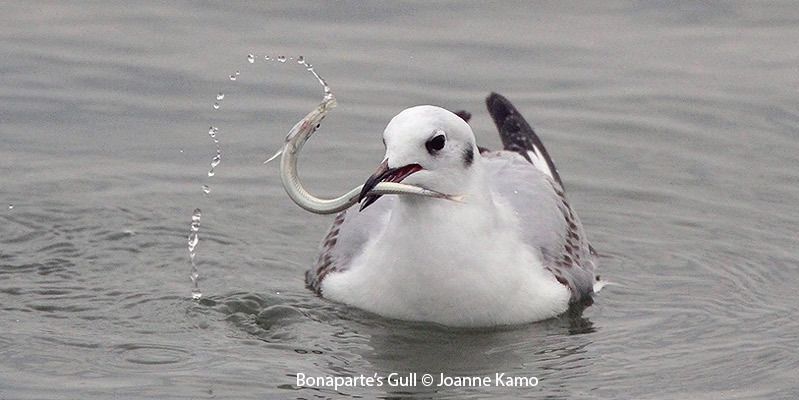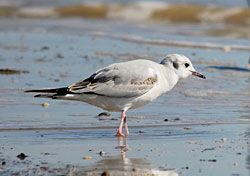
© Joseph Kennedy, Feb. 1, 2008 at Bolivar Flats
Bonaparte's Gull
Chroicocephalus Philadelphia
Family: (Laridae) Gulls, Terns and Allies
Preferred Habitat: Coastal bays, beaches, marshes.
Seasonal Occurrence: Common in winter; uncommon fall and spring.
Notes by Susan Billetdeaux: Bonaparte's Gull is an attractive small gull found primarily in winter in our area. It breeds in the boreal forests of Canada. Bonaparte's Gull is the only gull to nest in trees. Most Bonaparte's Gulls in Texas exhibit nonbreeding or immature plumage. One of the most striking identification marks is the large white triangular patches on the upper front parts of their wings. Adults in winter plumage and immatures are quite similar, but immatures have a black band on their tail tips and brownish black bands on their wings. Bonaparte's Gulls feed on fish, crustaceans, and insects. They do not eat garbage or carrion.
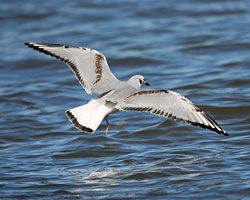
© Joseph Kennedy, Feb. 27, 2008 at Quintana
Profile by Phoebe Honscheid: This common gull gets its claim to fame by being the only gull species to nest in trees. On their breeding grounds in the boreal forests of Canada, Bonaparte’s Gulls build their nests of sticks, bark, lichen, and moss on a conifer tree. Gulls typically build ground nests, but this is simply too boring for the Bonaparte’s Gull.
They can be identified by their thin, black bill, which is much slimmer than that of a Laughing Gull. Bonaparte’s Gulls are actually the third smallest species of gull after the Little Gull and Saunder’s Gull. First winter birds show the classic dark “M” shape across the wing in flight and have a black spot behind their eyes. Nonbreeding adults retain this ear-spot and pink legs but have a uniform, pale gray back. In the breeding season, adults develop red legs and a black hood with white eye crescents thinner than those of a Laughing Gull. In flight, they can be identified by a wedge of white outer primary feathers with black wingtips. The underwing is pale, whereas the underwings of Little Gulls are dark.
Bonaparte’s Gulls often gather in large flocks in lakes, rivers, marshes, and ocean beaches where they use their narrow, pointed wings to pick fish and crustaceans from the water with remarkable agility. Like other gulls, they are opportunistic and will also eat flying insects and salmon eggs. But sometimes it is easier to let other birds do the fishing. Bonaparte’s Gulls are kleptoparasites, essentially pirates that steal the food that other birds have caught.
These gulls were not named after Napoleon Bonaparte, but rather his nephew, Charles Lucien Bonaparte, who studied ornithology in the United States for several years. Among his other avian legacies are the Bonaparte’s Nightjar and the Bonaparte’s Parakeet. He also named the Zenaida genus (think Mourning Dove) after his wife.
-
Cornell Lab of Ornithology
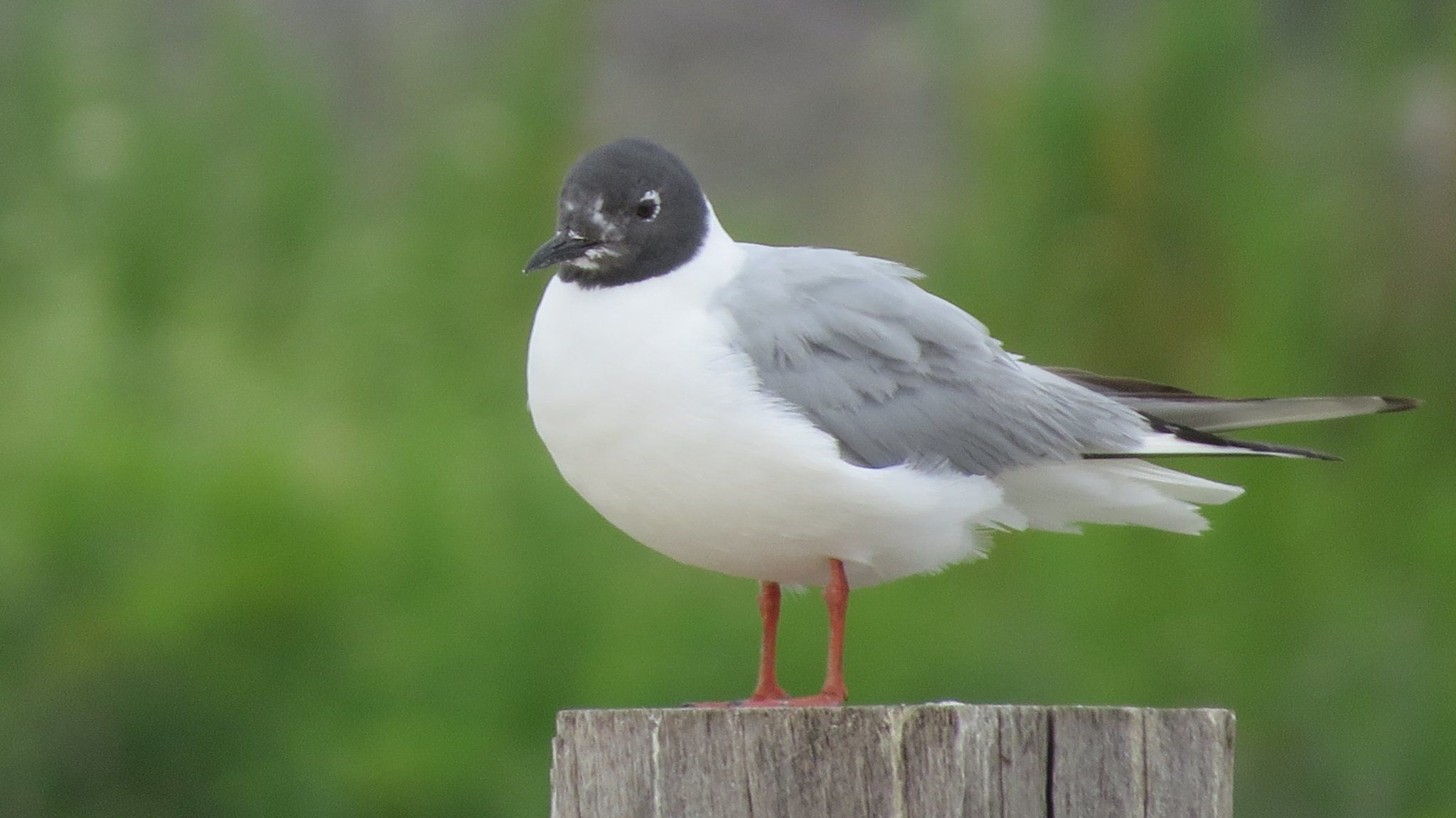
© Corinna Nixdorf-Honscheid
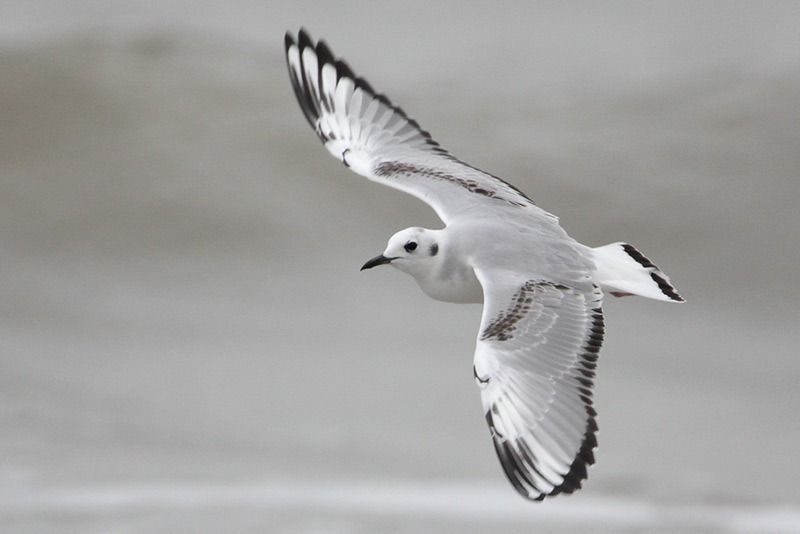
© Greg Lavaty, www.texastargetbirds.com
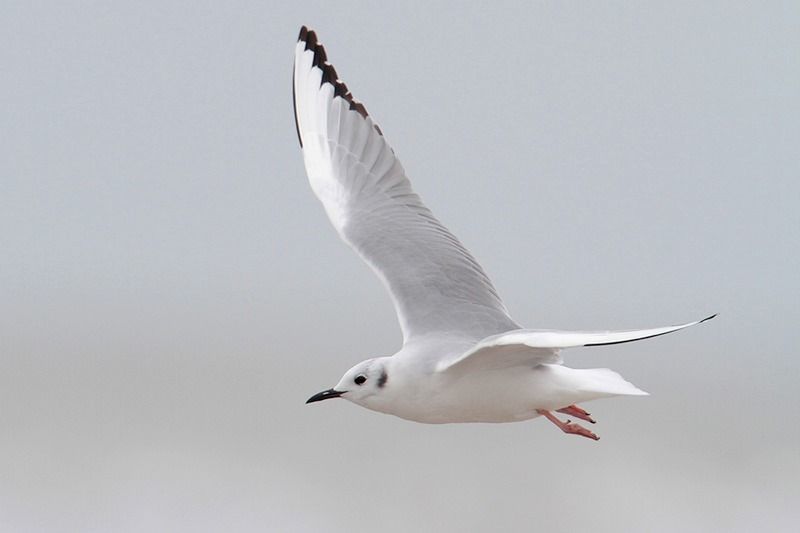
© Greg Lavaty, www.texastargetbirds.com

